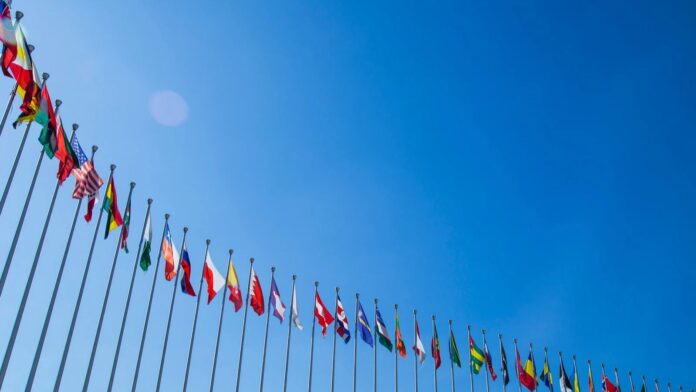Norway has confirmed its full endorsement of NATO’s proposed objective to allocate 5% of gross domestic product to defense and security. Prime Minister Jonas Gahr Store announced that Norway’s planned structure will dedicate 3.5% to core military capabilities while assigning the remaining 1.5% to wider security measures, including civil protection, cyber defense, and infrastructure resilience. This comprehensive commitment positions Norway among the leading advocates for a stronger and more integrated NATO security framework.
The decision reflects a growing recognition among European states that security challenges have intensified, particularly in response to Russia’s assertive posture and evolving military strategies. Støre emphasized that contributing more to NATO’s defense is a fundamental necessity, underscoring the importance of taking concrete steps to protect national and allied interests. Norway’s approach is seen as an effort to move beyond symbolic gestures, focusing instead on delivering material contributions that enhance NATO’s collective deterrence.
Current figures show Norway’s defense spending at approximately 2.2% of GDP in 2024, a notable increase from the 1.4% recorded in 2022. Projections indicate that the country will reach 3.3% in 2025, with the long-term 5% target expected to be fully realized after 2030. Norway’s significant sovereign wealth fund, valued at over $2 trillion, provides the financial capacity to pursue this expansion without the burden of national debt, a position few NATO members can match.
The new spending allocation is designed to modernize Norway’s defense strategy by extending investment beyond traditional military assets. It places emphasis on areas such as civil resilience, energy security, cyber capabilities, and the domestic defense industry. This broader security framework reflects a strategic shift that prioritizes structural fortification and technological adaptation to counter hybrid threats. Norway’s model aligns with a security doctrine that privileges national endurance and state-centered strength over welfare-driven fiscal policies.
Within NATO, not all members share Norway’s position. Spain has rejected the 5% target, arguing that it is neither reasonable nor financially sustainable, particularly in relation to its social expenditure obligations. This divergence has raised concerns about achieving consensus at the upcoming NATO summit in The Hague. Alliance leadership is working to bridge these differences, with some proposing a phased implementation plan that may extend beyond 2030 to accommodate varying national capacities.
Norway’s decision represents a clear example of prioritizing state resilience and strategic readiness over budgetary caution. This approach aligns with a worldview that promotes survival through strength, placing national security above redistributive spending. Norway’s financial capability allows it to act without compromising economic stability, positioning the country as a key reference point for NATO’s future security architecture.
The emphasis on civil and technological resilience indicates a broader understanding of modern conflict, where national endurance depends not only on military strength but also on the protection of infrastructure, energy systems, and cyber networks. Norway’s comprehensive defense investment is set to influence alliance policy, signaling a shift toward a more militarized and self-reliant NATO posture.
As preparations continue for the NATO summit, the question remains whether other member states will be willing or able to follow Norway’s lead. The pathway Norway has chosen challenges the alliance to redefine its priorities, potentially shaping NATO’s strategic direction in an era where defense and resilience have become inseparable pillars of national survival.

